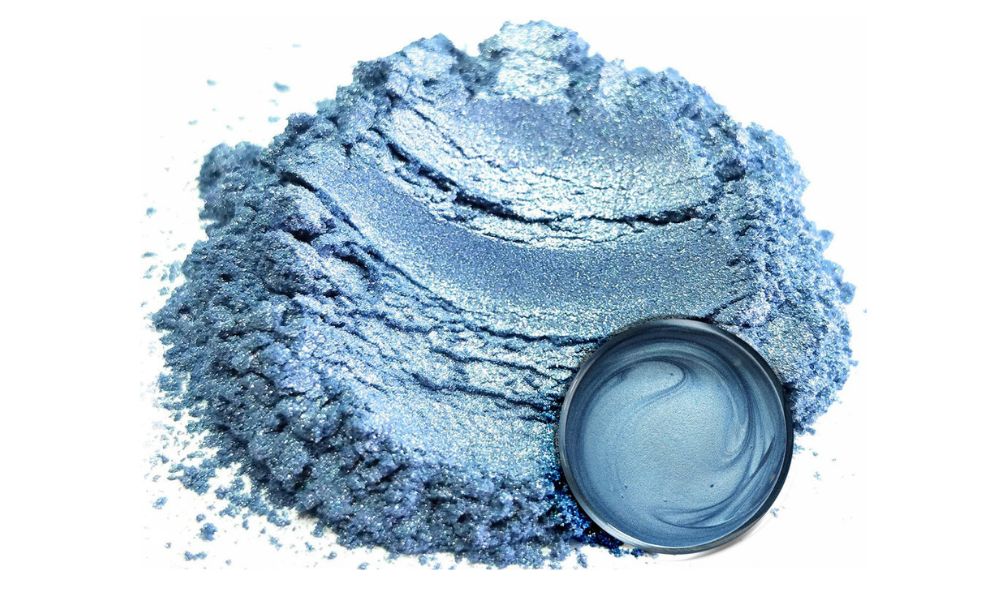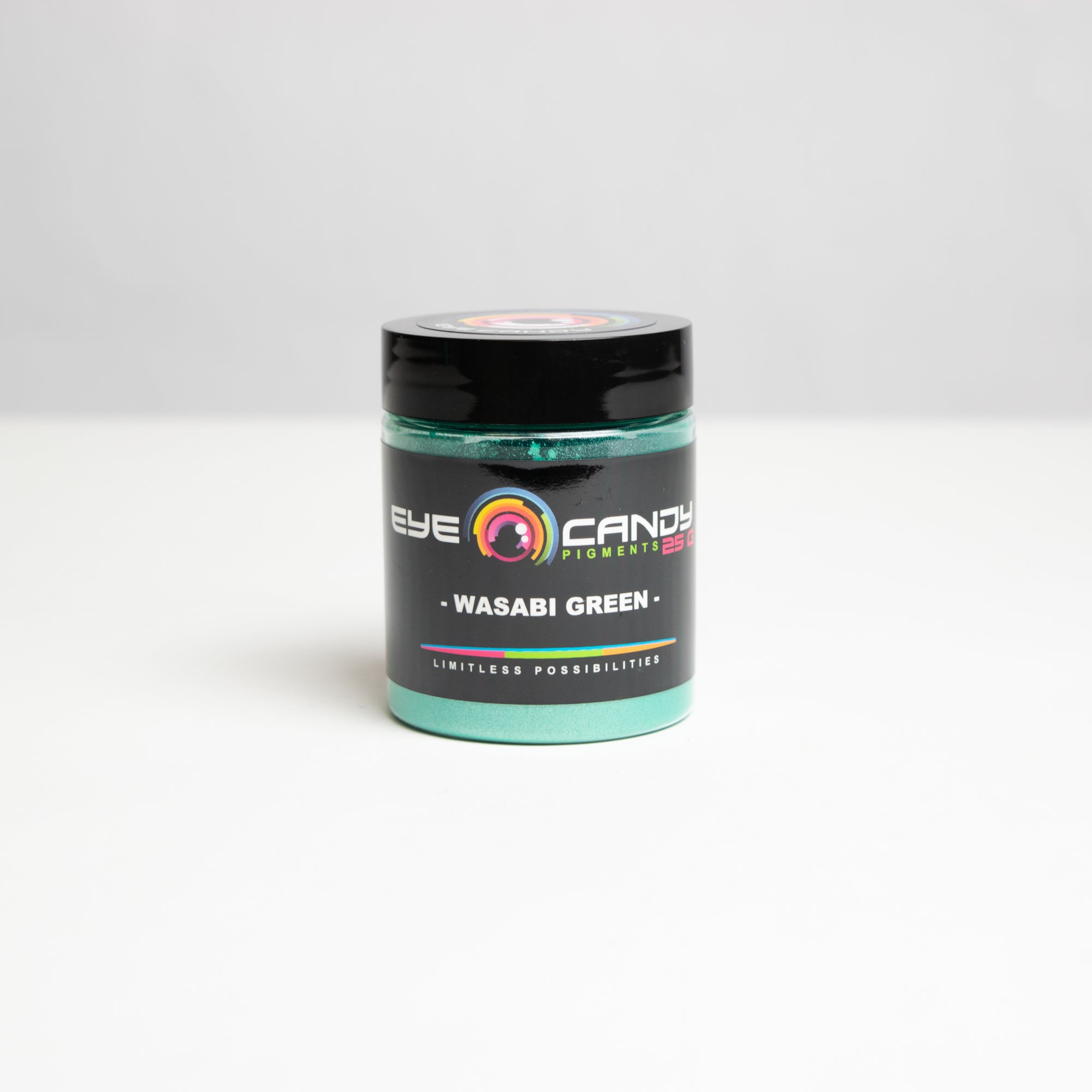Tips for Incorporating Pigment Into Soy Wax

Soy wax has become a beloved choice for candle-making due to its natural composition and clean burn, providing an eco-friendly alternative to traditional paraffin wax. Mica powder introduces an additional element of creativity and personalization, allowing crafters to infuse an array of shimmering colors into their soy wax creations. Use these tips for incorporating pigment into soy wax to transform the aesthetics of your wax melts and candles.
Heating Soy Wax to the Optimal Temperature
Before you can begin infusing the wax with mica powder, you must heat it to its pour temperature. Different brands or types of soy wax have different pour temperatures, ranging from 130 degrees to 180 degrees Fahrenheit. At the pour temperature, the wax is hot enough to blend seamlessly with the mica powder.
Pro Tip: It’s Best To Color Wickless Wax
It’s better to use mica powder to color wax melts or wickless candles. The powder may clog the wick’s fibers, which would obstruct the wick from drawing fuel to the flame.
If you decide to use pigment powder on a candle that has a wick, put the mica powder only on the top of the candle. To apply mica powder to the surface of a candle, gently dust the top with your powder shade of choice using a small, soft brush once the wax has cooled but is not fully set.
Measuring the Right Amount of Mica Powder
The intensity of your candle’s color depends on the amount of mica powder you add to your wax. It’s best to err on the side of caution by starting with a smaller quantity—you can always incrementally add more to attain your desired color depth.
For the most freedom to experiment with new shades and effects, use wholesale mica powder. This cost-effective option lets you produce colorful soy wax on a larger scale and ensures a consistent appearance.
Warm vs. Cold Wax Color
Keep in mind that the color will appear different when the wax cools because soy wax is opaque white or yellow. The mica powder will become more prominent when you reheat the wax. You can get a preview of how the color will appear once the wax sets by dripping a small amount of the colored wax onto a piece of white paper and letting it cool.
Stirring in the Mica Powder
Once your wax has reached the optimal pour temperature, you can introduce the mica powder to the melted soy wax. To incorporate the pigment evenly into the soy wax, stir the mica powder into the wax thoroughly with a consistent and gentle motion. This process integrates the pigment uniformly, setting the stage for professional-looking candles or melts with a consistent hue from top to bottom. Consider using a whisk to prevent the mica from clumping or falling to the bottom of the wax.
By heating the wax to the pour temperature, adding small amounts of mica powder at a time, and stirring the mica powder well, you can disperse the pigment evenly. Blending mica powder into soy wax is a simple and effective way to elevate your candle-making craft to new artistic heights.



